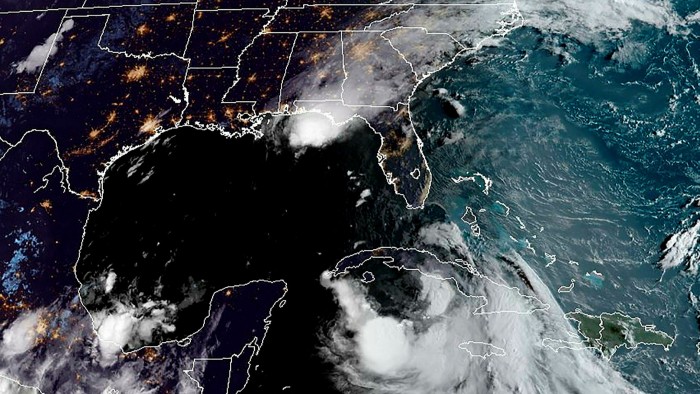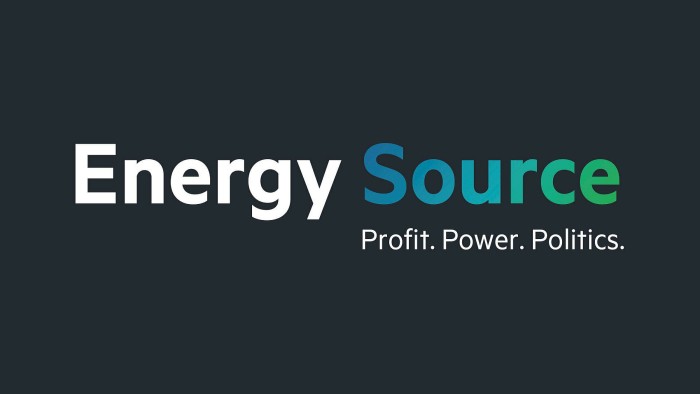Oil rises ahead of two dangerous storms hitting Gulf Coast

Simply sign up to the Oil myFT Digest -- delivered directly to your inbox.
Oil prices rose on Monday, led higher by a jump in US gasoline futures as two dangerous storms careered towards the fuel refining hub on the US Gulf Coast.
Tropical storm Laura, which was expected to hit between Louisiana and Texas later this week, was now approaching hurricane strength and was gaining in intensity, warned the National Hurricane Center in Florida.
“Laura is forecast to strengthen over the Gulf of Mexico and there is an increasing risk of dangerous storm surge, wind, and rainfall impacts along portions of the US Gulf Coast by the middle of the week,” the NHC said on Monday.
RBOB gasoline futures, the benchmark for wholesale petrol prices in the US, rose 7 per cent to $1.3735 a gallon, as traders worried about a disruption to fuel supplies.
US crude benchmark West Texas Intermediate and international benchmark Brent also gained around 1 per cent to $42.70 a barrel and $44.80 a barrel, respectively, following the precautionary shut down of around half of the oil production in the offshore Gulf of Mexico.
Marco, the other tropical storm, was scheduled to approach the Louisiana coast later on Monday, weakening from hurricane strength overnight and dissipating further.
A key focus for traders was on the possible impact of the storms on refineries that dot the southern US coast. The US refining hub on the Gulf Coast processes roughly 10m barrels of crude a day, or more than half of all US demand, with pipelines carrying fuel supplies to population centres on the East Coast.
Robert Yawger at Mizuho Securities USA said damage to refineries could lead to the gap in price performance between fuels and crude widening further.
“If refineries shut in, there is no need for the crude oil that runs through them,” Mr Yawger said. “Gasoline and product will likely be bid, but crude oil prices could slide.”
Inventories of both crude oil and refined fuels are at elevated levels, however, which may dampen any price hit as long as pipelines and other industry infrastructure are not too badly affected, analysts said.
Oil consumption remains depressed by the pandemic, while stockpiles of fuel grew rapidly in March and April as lockdowns slashed demand in North America and Europe.
“Gains will be limited by the threat of a second prolonged Covid wave,” said Stephen Brennock at PVM oil brokerage in London.
The US has had an overly active hurricane season with 13 named storms so far, leading possibly to the busiest season on record, according to the National Oceanic and Atmospheric Administration.
Historically, only two named storms form on average by early August, and the ninth named storm typically does not arrive until around October 4.
Meteorological agencies in the US and Australia have recently raised the chances of a La Niña weather phenomenon, which could enhance an already busy hurricane season. The phenomenon, caused by the cooling of the tropical Pacific Ocean, increases the number of hurricanes that develop and allows stronger hurricanes to form, according to NOAA.
Follow on Twitter: @oilsheppard
Twice weekly newsletter

Energy is the world’s indispensable business and Energy Source is its newsletter. Every Tuesday and Thursday, direct to your inbox, Energy Source brings you essential news, forward-thinking analysis and insider intelligence. Sign up here.
Comments